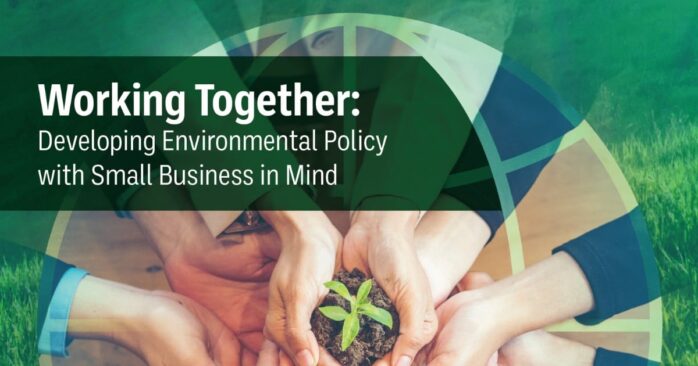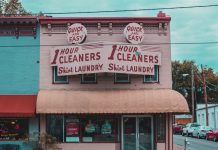It’s an understatement to say that protecting our environment is one of the most pressing concerns for all of us. Extreme weather conditions are becoming increasingly common, from floods in Malaysia to forest fires in BC – we’re only going to see more of these extreme, unnatural weather occurrences in the coming years.
As the need for comprehensive changes becomes clearer, businesses across all industries will begin creating and implementing sustainability initiatives. These processes can be costly and confusing, and it’s important to rely on the experience of those who have been through it before.
One company that specializes in providing innovative solutions to enhancing energy efficiency and performance is P3 Operations at EQUANS. Their Senior Director, Bradley Fauteux, has demonstrated a lifelong dedication to environmental causes. Prior to his role with EQUANS, he served as the Managing Director of Ontario Parks for the Government of Ontario, overseeing a team of 2,500 employees and managing a substantial budget of $90 million, in addition to a $1.5 billion capital portfolio during his tenure. In his current capacity, Fauteux provides critical support to businesses transitioning to a sustainable future.
“Seeing ourselves in such a dire situation, it’s paramount that businesses put in the effort to become sustainable from the ground up. To this end, many major companies like Equans have made efforts to become more environmentally friendly,” says Fauteux. “If you’re new to running a business, sustainability efforts can be a challenge. To make the process a bit simpler, we’re going to explore some concepts and tips behind building a climate-conscious business.”
Get a clear picture of how sustainable your business is right now

Before you begin thinking about what sustainability initiatives you’d like to implement, it’s important for you to get a clear picture of how things are currently.
“It’s important to thoroughly review your company’s carbon footprint, including your resource usage and greenhouse gas emissions,” says Fauteux. “You can analyze and collect data using specific sustainability analysis tools, like energy assessments, cost-benefit analysis, and life cycle assessment.”
These tools can help you make decisions based not only on current/past conditions but also on how situations may change. Armed with these assessments, you can start to target your approach to becoming more sustainable while maintaining productivity and controlling costs.
Encourage conversations on sustainability
“When you decide on the areas to make changes, the next step is creating a comprehensive plan, as well as building the will within the organization to implement it,” says Fauteux. “This can be done via training and clear communication about the coming initiatives.”
“I recommend inviting guest speakers who have implemented similar sustainability plans to speak candidly about the challenges, as well as the importance of the process. I’ve also had success with hosting workshops with employees to build enthusiasm for sustainability and to establish these measures as a priority for your business.”
Incentivizing sustainable supplier behavior

Along with their own policies, businesses have a responsibility to engage their suppliers on their sustainability initiatives. After all, a business is only as sustainable as all of its moving parts. Make sure your suppliers are on board and compliant with your policies before you start sharing your sustainability plans with your investors and the public.
“Your goals don’t have to be as comprehensive as becoming completely carbon neutral by 2030,” says Fauteux. “If you choose, you can focus on smaller tasks, such as reducing the use of plastic packaging in your products. The key to success is consistency over time.”



















